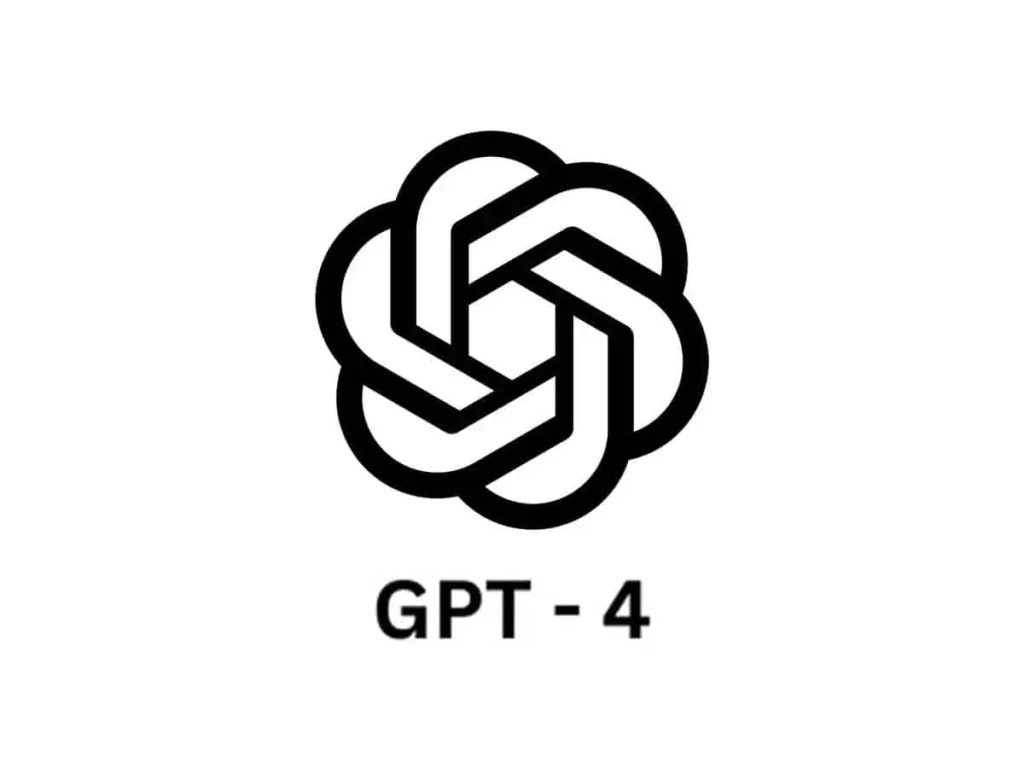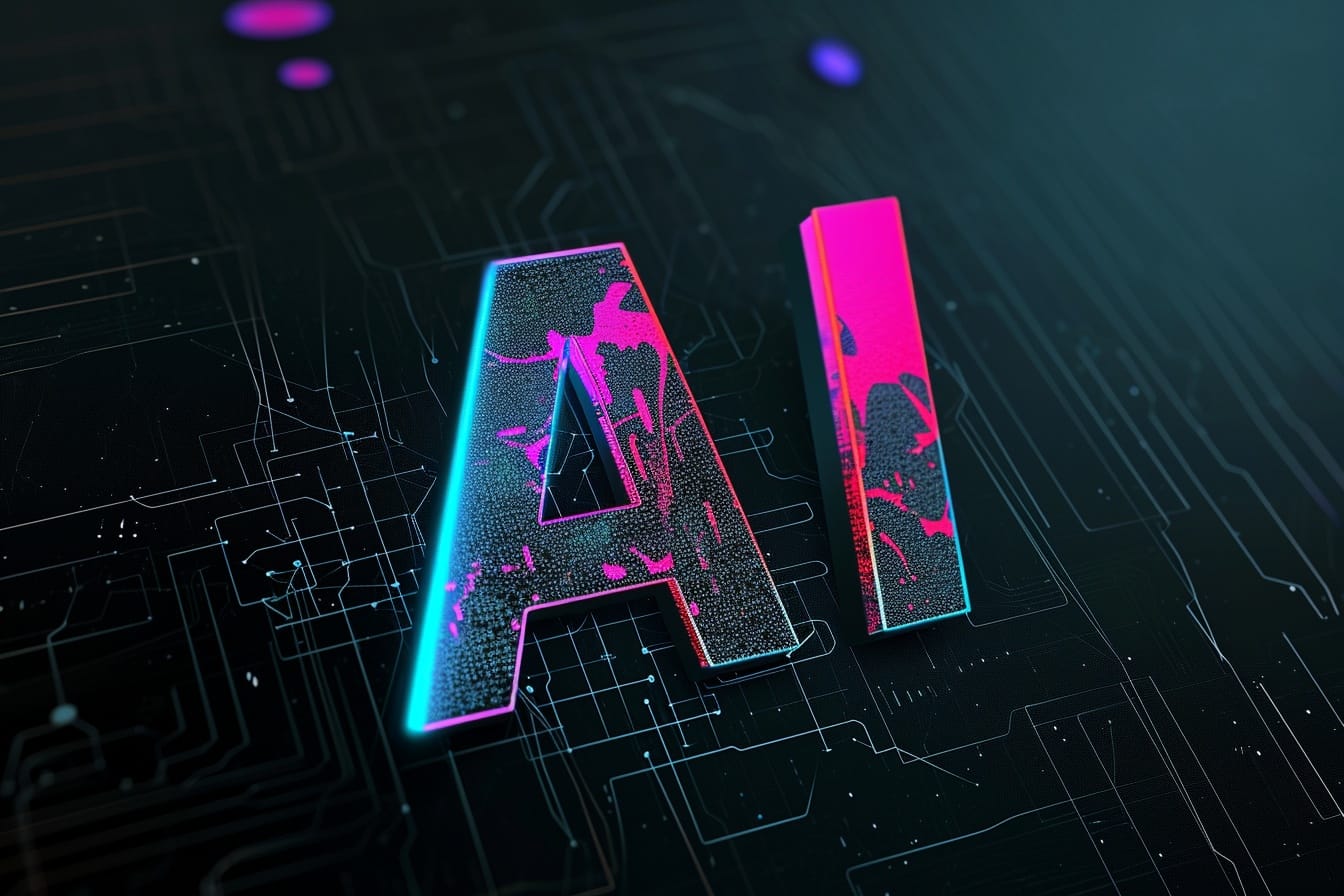Table of Contents
The History of Artificial Intelligence
Various practitioners and scholars have defined and redefined Artificial Intelligence (AI). At its core, AI refers to the ability of a machine to perform tasks that would typically require human intelligence. These tasks include learning, reasoning, problem-solving, perception, language understanding, and decision-making.

In 1950, Alan Turing proposed an experiment known as the imitation game. In this game, an interrogator must distinguish between humans and machines based on their responses to questions. By the end of the game, the interrogator must determine which is a human and which is a machine. The machine’s goal is to trick the interrogator into thinking it is human, while the human’s goal is to help the interrogator correctly identify the machine.
The Turing test is still used today as an official test to determine whether a machine can mimic human intelligence. The Loebner Prize was an annual Turing Test competition launched in 1991 by Hugh Loebner, an American inventor and activist. Over the years, the prize has been criticized for its methodology, and it has been claimed that it has been awarded “the best” AI system. Critics argued that the competition’s focus on tricking judges into believing an AI was human was not a meaningful measure of AI’s progress or utility.
In 1956, John McCarthy, often called the father of AI, officially established the discipline during a Dartmouth Conference at Dartmouth College. This conference marked the birth of AI as a formal field of study, setting the stage for the following decades of research and development.

Timeline
Unimate
The Unimate robot revolutionized manufacturing by becoming GM’s first industrial robot on an assembly line. Its ability to perform repetitive tasks with precision and efficiency significantly increased production rates while improving workers’ safety.

Eliza
Joseph Weizenbaum created Eliza, a psychotherapist chatbot to converse with users like a human therapist would. Eliza was designed to imitate human interaction by asking questions and reflecting on what users shared. In reality, Eliza was just a script-based bot, but she fooled many into thinking she could understand human questions and problems.

First AI Winter
In the late 1960s and early 1970s, AI research faced funding cuts due to unmet expectations and underestimation of task complexity. This led to a focus on specialized areas like expert systems in medicine, chemistry, and law industries.
Expert Systems
In the 1980s, expert systems gained popularity. The first well-known expert system was Dendral, a program developed at Stanford University to analyze mass spectrometer data to identify chemical compounds. Even though Dendral and subsequent systems were promising, they failed to meet their expectations. Most expert systems had a limited scope, and computers had limited processing power at the time.
Python and Web Crawlers
In the 1990s, web crawlers were developed to make it more accessible to scrape data from the World Wide Web. In 1991, Guido Van Rossum developed Python, a popular open-source language used in data analytics, software development, and machine learning (amongst many other applications). Python is still one of the most used languages today because of its ease of use, versatility, large developer community, and portability.

ALICE (Artificial Linguistic Internet Computer Entity)
ALICE, a natural language processing chatbot, was created by Richard Wallace. It uses rule-based decision-making to hold conversations and has won several prizes.

DeepBlue
IBM’s Deepblue beats the chess champion Kasparov. The supercomputer (according to 1990s standards) could evaluate 200 million chess positions per second, faster than any computer at the time. Chess is a sophisticated game, with approximately 10⁴³ possible allowed moves. The game requires players to think ahead and anticipate future moves and consequences. Deepblue could analyze all possible moves up to 12 moves deep. Even chess champions can typically analyze about 2 to 3 moves deep.

Nvidia
Nvidia markets the first GPU ( Graphics Processing Unit), GeForce 256. The first GPU opened the door for better game graphics and parallel processing, essential for modern AI workflows.

Generative Adversarial Networks
Ian Goodfellow introduced GANs, a groundbreaking approach to generative modeling. GANs, like many other deep learning models, benefitted from GPU acceleration, enabling them to train faster and generate high-quality images, videos, and more.
ResNet (Residual Networks)
Microsoft Research introduced ResNet, a deep learning architecture that won the ImageNet competition and pushed forward the use of deeper neural networks. ResNet’s training required significant computational resources, further popularizing the use of GPUs.
AlphaGo Defeats World Champion
DeepMind’s AlphaGo, powered by GPU-accelerated deep learning, defeated Go champion Lee Sedol. This victory was a landmark in AI, showcasing the power of reinforcement learning and neural networks in solving complex problems.
Transformer Models (Attention is All You Need)
The introduction of the transformer architecture revolutionized natural language processing (NLP).
BERT and GPT-2
Google’s BERT and OpenAI’s GPT-2 advanced the state of natural language processing. These transformer-based models required GPUs for training on large-scale datasets, ushering in a new era of pre-trained models for various tasks.

GPT-3
OpenAI released GPT-3, with 175 billion parameters, one of the most significant transformer-based models. Training GPT-3 on such a scale was only possible using powerful GPUs and other specialized hardware like NVIDIA’s Tensor Cores.
NVIDIA A100 GPU
NVIDIA released the A100 Tensor Core GPU, explicitly designed for AI and deep learning workloads. It provided a significant leap in AI performance, with features such as multi-instance GPU, mixed-precision training, and the ability to handle massive datasets for training large AI models.
DeepMind’s AlphaFold 2
AlphaFold 2, powered by GPUs, solved the 50-year-old grand challenge of predicting protein folding. This marked a monumental achievement in AI’s application to biology, showcasing how GPUs enable breakthrough scientific discoveries.
Diffusion Models
Diffusion models gained popularity for generating high-quality images and were integrated with GPU-accelerated architectures. These models demonstrated the capability to create detailed visual outputs, which were made feasible by the computational power of modern GPUs.
DALL-E 2 and Stable Diffusion
Text-to-image generation models like DALL-E 2 and Stable Diffusion created highly detailed images from text prompts. These models were trained on GPUs, and their popularity spurred further research into generative AI, demonstrating GPU-driven advancements.

DALL·E 2 generated an image from the prompt “Teddy bears working on new AI research underwater with 1990s technology.”
GPT-4
OpenAI’s GPT-4, another large transformer model, further pushed the boundaries of AI applications. The scale of such models relies heavily on powerful GPU clusters to manage training efficiently.

NVIDIA’s Hopper Architecture
NVIDIA introduced the Hopper GPU architecture, optimized for large-scale AI models, high-performance computing (HPC), and inference workloads. It includes specialized features like a Transformer Engine to speed up transformer-based AI workloads.
Generative AI and Multimodal Models
The ongoing advancements in generative AI, including text, image, and audio models, rely heavily on GPU acceleration. NVIDIA’s GPUs are crucial in training these models faster and more efficiently.
Resources
GitBook. (n.d.). Artificial intelligence: What is artificial intelligence? Retrieved from https://app.gitbook.com/o/nF09Vq1bWeH2KsTpAKJl/s/O2A0l6BsKw8DYn0RCqNx/course/artificial-intelligence/what-is-artificial-intelligence#resources
MIT Technology Review. (2024, July 10). What is AI? Definitive guide. Retrieved from https://www.technologyreview.com/2024/07/10/1094475/what-is-artificial-intelligence-ai-definitive-guide/
TechTarget. (n.d.). The history of artificial intelligence: Complete AI timeline. Retrieved from https://www.techtarget.com/searchenterpriseai/tip/The-history-of-artificial-intelligence-Complete-AI-timeline
